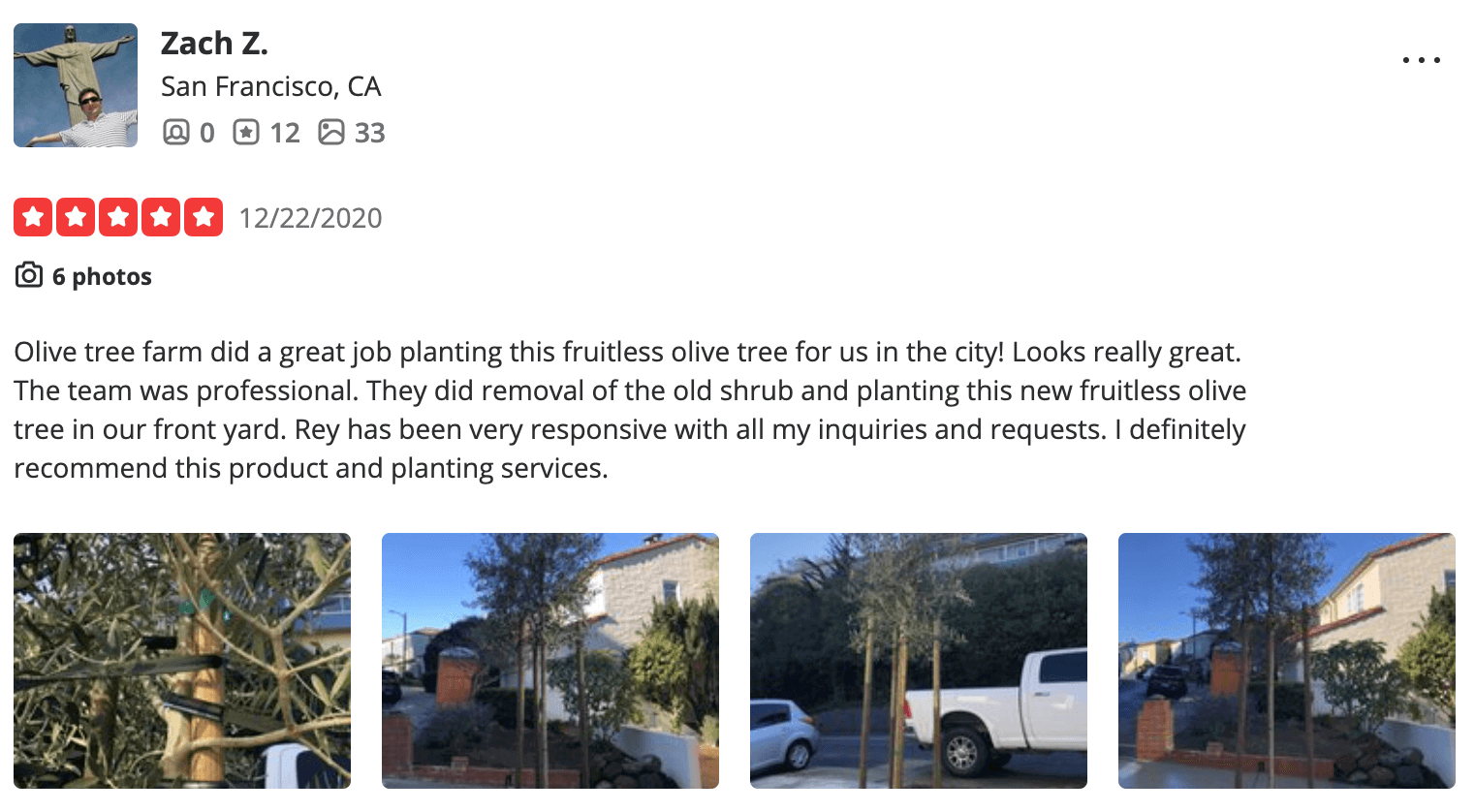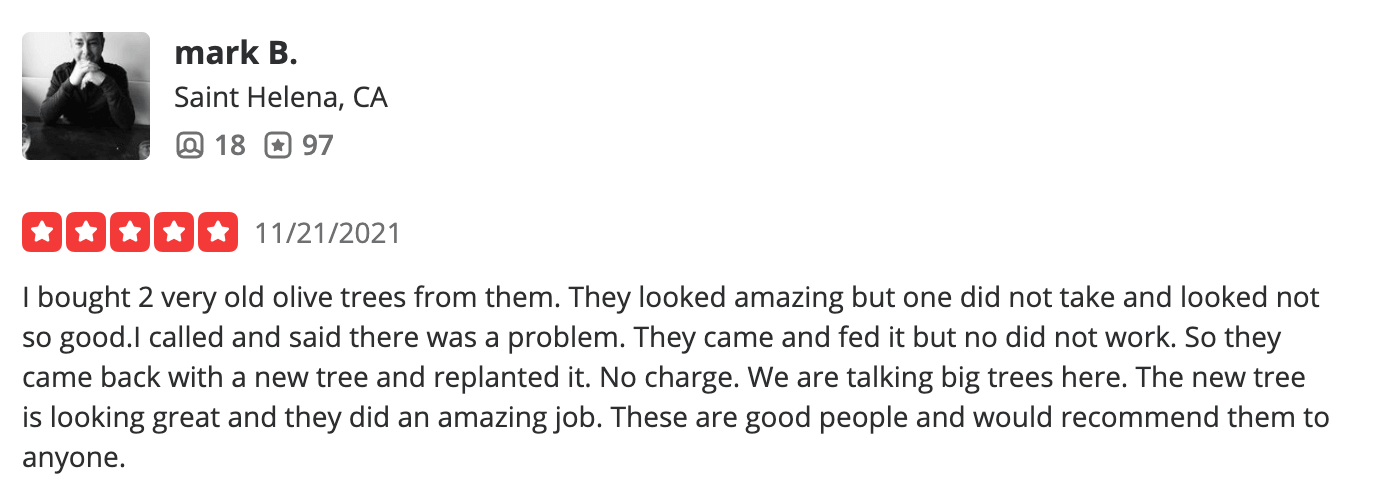Manzanillo Olive Tree
Manzanillo olive trees are the most widely cultivated variety in Spain. The olives produced by this tree are highly valued on worldwide markets due to the easily distinguishable shape of the fruit, the ease with which the pit can be removed, and the high quality of the flesh. Moreover, Manzanillo olives are used to make table olives and olive oil. Black olives used in canned Manzanillo olives are often produced using the “California black-ripe” curing process, typical in the United States.
- Fruiting Specimen
- Bloom (Late Spring)
- Slow Rounded Growth
- Color (Bright Green)
- Olive Oil (Sweet)
- Landscape and Commercial
Care and Maintenance
This cultivar is a self-sterile variation that requires the use of a pollinator. However, it is exceedingly versatile and can survive in a wide range of ordinary, slightly alkaline, well-drained soils. It produces better results when planted alongside another olive cultivar. Water deeply and often over the first few growing seasons to help the plant build a strong root system. Once established, lessen the frequency of application; it is drought tolerant. Yet, protect young plants (or freshly transplanted Manzanillo) from weather extremes.
| Quick Facts | |
| Origin | Spain |
| Scientific Name | Olea Europaea ‘Manzanillo’ |
| Family | Oleaceae |
| Tree Type | Fruiting Specimen |
| Common Names | The Olive Tree, Olea Europaea, Manzanillo |
| Height | (Insert) |
| Toxicity | Non-Toxic |
| Light | Full Sun |
| Watering | Drought-Tolerant |
| Soil | Well-Drained-Nutrient Poor Soil |
| Hardiness | Hardy Down 20 to 30 °F |
| Foliage | Bright Green |
| Growth | Slow (with rounded canopy and inclination to rise) |
| Olive Oil | Sweet |
Don’t Take Our Word, Hear What Our Customers Say!



Interested? We’d love to hear from you!
Call us at 707-732-6152 for a free consultation!
Looking for something else? We might have it for you...
Arbequina Olive Trees
Arbosana Olive Trees
Ascolana Tenera Olive Trees
Cerignola Olive Trees
Coratina Olive Trees
Itrana Olive Trees Kalamata Olive Trees
Koroneiki Olive Trees
Leccino Olive Trees
Little Ollie Dwarf Olive Trees
Majestic Beauty Olive Trees
Manzanillo Olive Tree
Maurino Olive Tree Mission Olive Tree
Pendolino Olive Trees
Picholine Du Gard Olive Trees
Picual Olive Trees
Sevillano Olive Trees
Swan Hill Olive Trees
Wilsonii Olive Trees
Zitoun Olive Trees